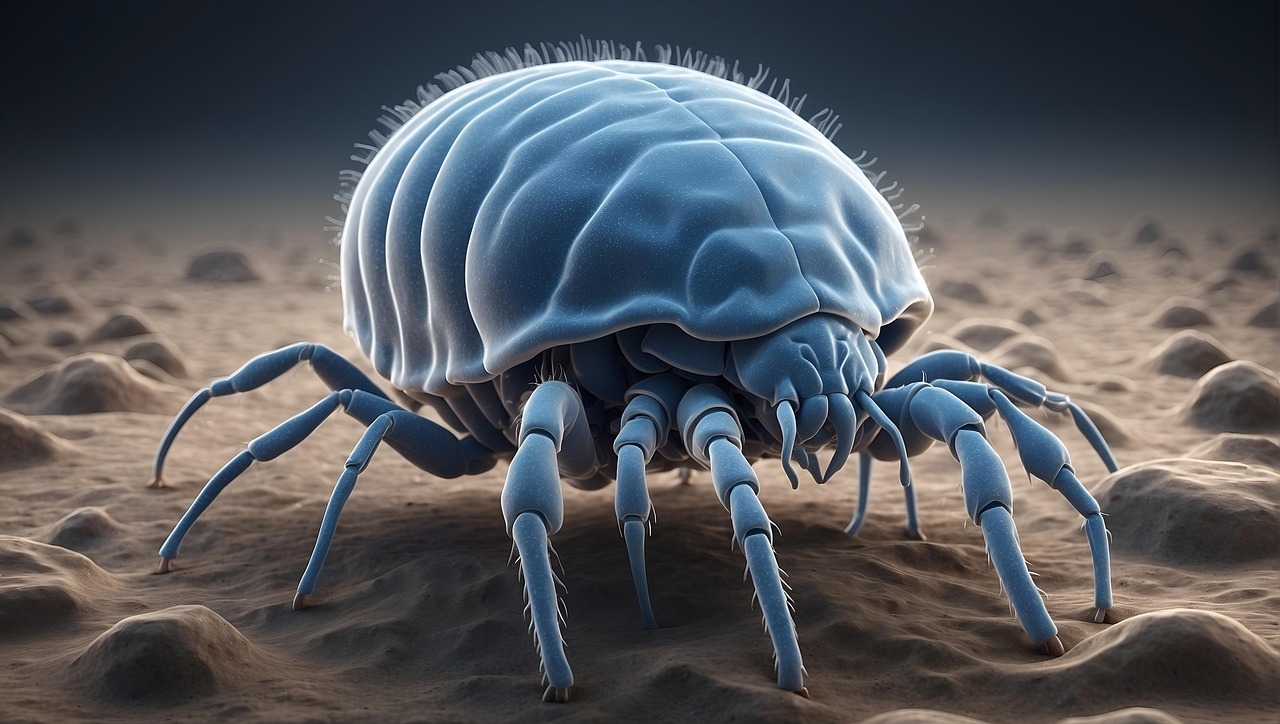We reach more than 65,000 registered users in Dec!! Register Now

Researchers find first evidence of potential bed bug insecticide resistance in gene mutation
- July 02, 2025
- 2 Views
- 0 Likes
- 0 Comment
A global infestation of bed bugs after World War II was nearly eradicated in the 1950s with the use of the pesticide dichloro-diphenyl-trichloroethane, commonly known as DDT, a chemical that has since been banned. Since then, this urban pest has been enjoying a resurgence in populations globally and has displayed resistance to an array of insecticides used for their control.
Specializing in urban pests, Booth was already aware of a gene mutation in the nerve cells of German cockroaches and white flies that confers their resistance to insecticides. Booth suggested that Block analyze one bed bug as a sample from each of the 134 unique populations of bed bugs, which were collected by pest control companies in North America from 2008-22, to see if they had the same cell mutations. Two bugs from two separate populations did.
“It [the discovery] was literally my last 24 samples,” said Block, who is studying entomology and is an affiliate with the Invasive Species Collaborative. “I’ve never done any kind of molecular work before, so getting all these molecular skills was super important.”
Due to the genetic uniformity within bed bug infestations resulting from extensive inbreeding, one specimen per sample is generally representative of that population. But Booth wanted to make sure Block had actually discovered the mutation, so they examined all specimens in the two identified populations.
“When we went back and screened multiple individuals from the two populations, every one of them had the mutations,” Booth said. “So they were fixed for these mutations, and it’s the same mutation that we find in German cockroaches.”
Through his work with German cockroaches, Booth knows that their resistance to insecticides is from a gene mutation in the cells of the nervous system and these mechanisms are environmentally driven.
“There is a gene that’s known as the Rdl gene. It’s been identified in a lot of other pest species, and it’s associated with resistance to an insecticide called dieldrin,” said Booth, an affiliate of the Fralin Life Sciences Institute. “That mutation is throughout all of the German cockroaches. We’re not finding populations without that mutation, which is kind of amazing.”
According to Booth, fipronil and dieldrin – pesticides that have proven effective against bed bugs in the laboratory – have the same mode of action, so the mutation theoretically enables the pests to be resistant to both pesticides. Dieldrin has been banned since the 1990s, but fipronil is currently used in spot treatments for dog and cat flea control – not to control bed bugs.
Booth suspects that many pet owners who use fipronil spot treatment on their animals allow their dogs or cats to sleep with them, which exposes their bedding to fipronil residue. If any bed bugs came into that environment, they would have been subjected to the fipronil inadvertently and then selected for that mutation in the population.
“We don’t know if that mutation is novel and it popped up after that, or in that time frame, or whether it was occurring in populations 100 years ago,” Booth said.
The next step is to cast a wider net and look for those mutations in different regions of the world, particularly Europe, as well as different time periods in museum specimens, because bed bugs have been around for over a million years.
List of Referenes
- Camille J Block, Lindsay S Miles, Cari D Lewis, Coby Schal, Edward L Vargo, Warren Booth. First evidence of the A302S Rdl insecticide resistance mutation in populations of the bed bug, Cimex lectularius (Hemiptera: Cimicidae) in North America. Journal of Medical Entomology, 2025; DOI: 10.1093/jme/tjaf033
- Lindsay S Miles, Richard Adams, Yannick Z Francioli, Daren C Card, Todd A Castoe, Warren Booth. A chromosome-level reference genome for the common bed bug, Cimex lectularius, with identification of sex chromosomes. Journal of Heredity, 2024; DOI: 10.1093/jhered/esae071
Cite This Article as
No tags found for this post









